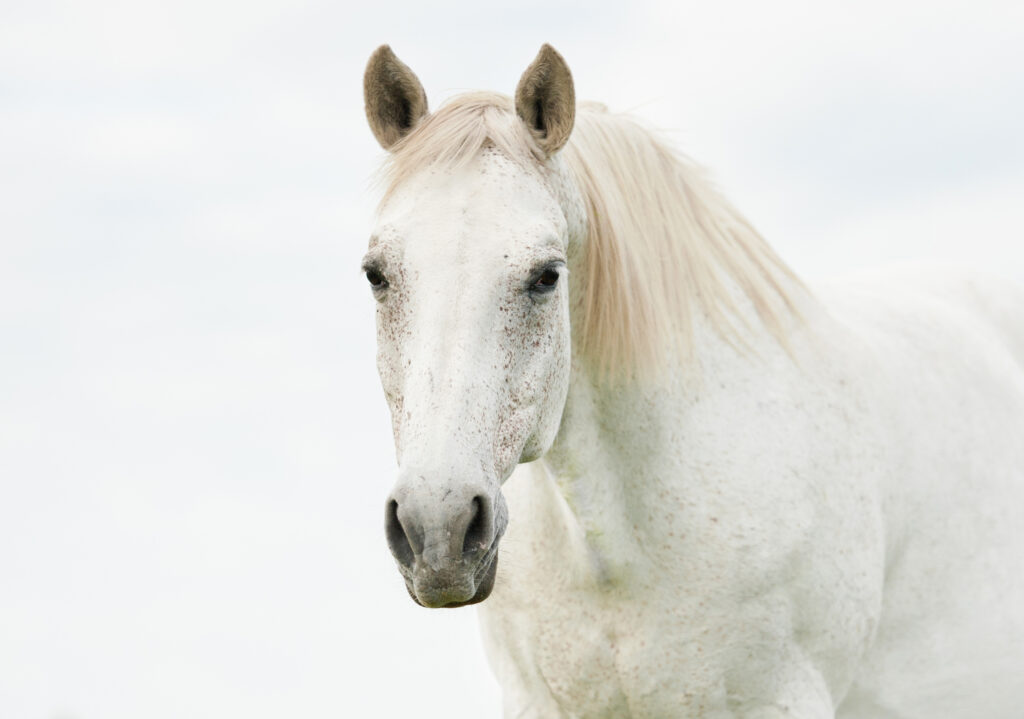Is it old age or PPID?
- March 25, 2025
- ⎯ Editors of EQUUS
If your old horse doesn’t have Cushing’s disease (technically known as pituitary pars intermedia dysfunction, or PPID), there’s a good chance he’s going to get it. Experts estimate 60 to 70 percent of horses over the age of 20 will develop this endocrine disorder. It begins with the enlargement of the pituitary gland and leads to abnormal production of several hormones. One of those, ACTH (adrenocorticotropic hormone), in turn stimulates the production of cortisol. This steroid produces many of the signs of PPID.
Signs of PPID
The most visible sign of Cushing’s is a long hair coat that does not shed normally. However other signs will soon become evident. These include increased drinking and urination, lethargy, abnormal sweating and loss of muscle mass. In addition, PPID can cause diminished immune function, which increases susceptibility to hoof abscesses, infections, and dental disease. PPID horses are also more susceptible to laminitis.
Testing and treatment for PPID

Sometimes, the effects of PPID are subtle and easily dismissed as “normal aging.” But blood tests can help identify the problem. In one test, a blood sample is taken and the “resting” ACTH concentration is measured.
A second test uses an injection of thyrotropin-releasing hormone to stimulate the endocrine system. In blood samples taken 10 minutes later, ACTH levels will have risen in all horses, but more in those with PPID.
A horse’s ACTH levels can fluctuate with the seasons, which a veterinarian will take into account when interpreting the results.Cushing’s disease cannot be cured. Fortunately, however, the dopamine receptor agonist pergolide (sold as Prascend) can help keep the signs under control. The horse must remain on the drug for life.
Horses with PPID are more vulnerable to diseases and infections. That means it’s also important to keep up with farriery and dental care, as well as parasite control. Talk to your veterinarian about whether dietary changes may be beneficial. A low-carbohydrate/high-fat diet can help maintain muscle mass while reducing the risk of laminitis. If a horse is not shedding normally, body clipping will help keep him comfortable in warmer weather.
Because PPID can sometimes go undetected, especially in its early stages, testing for ACTH is a good idea. Ask your veterinarian to make it part of your horse’s routine health checks as he ages.
Don’t miss out! With the free weekly EQUUS newsletter, you’ll get the latest horse health information delivered right to your in basket! If you’re not already receiving the EQUUS newsletter, click here to sign up. It’s *free*!





